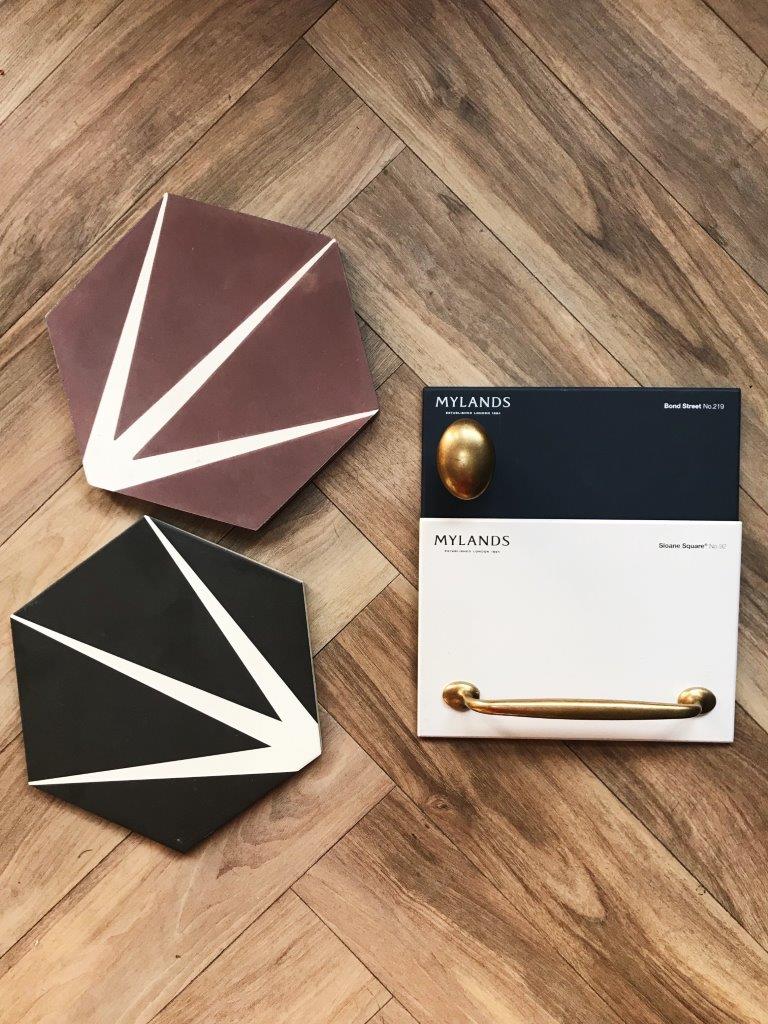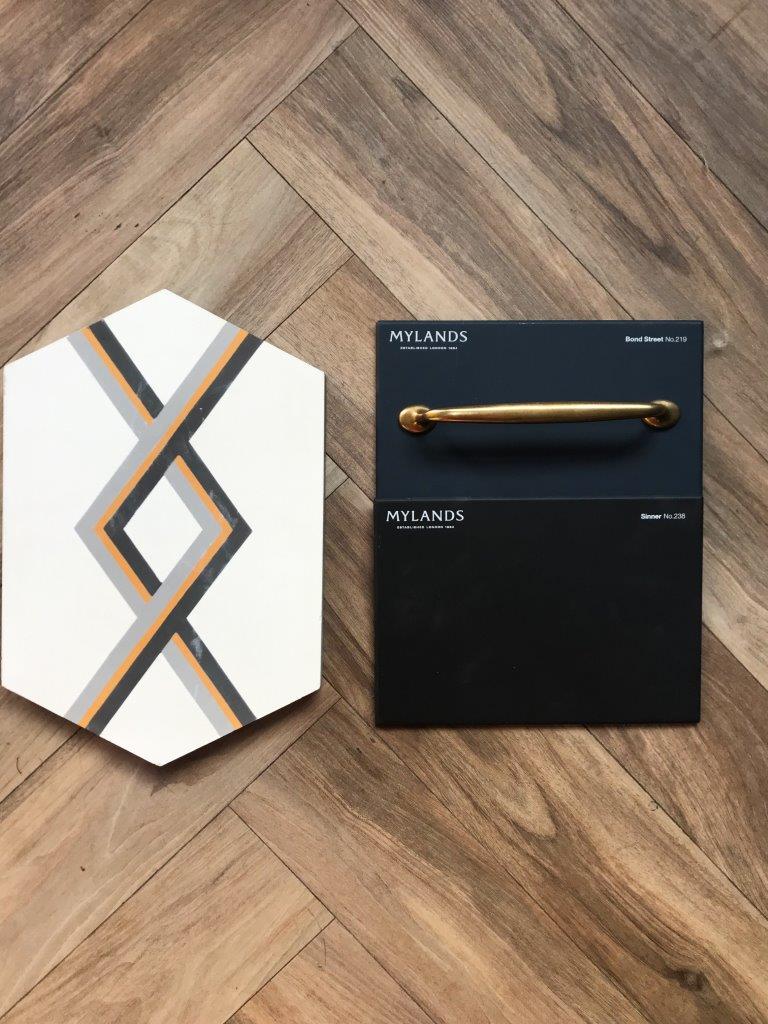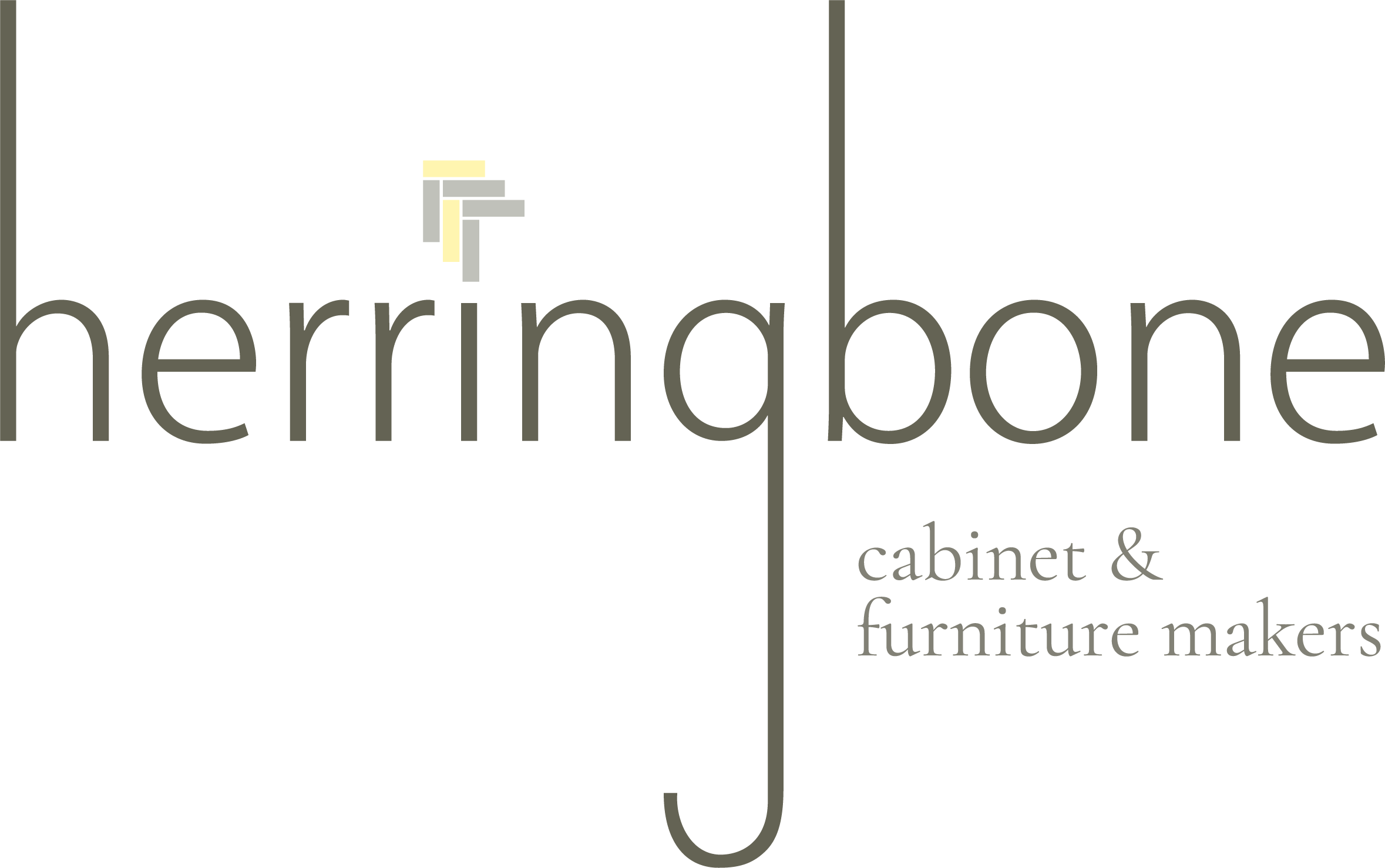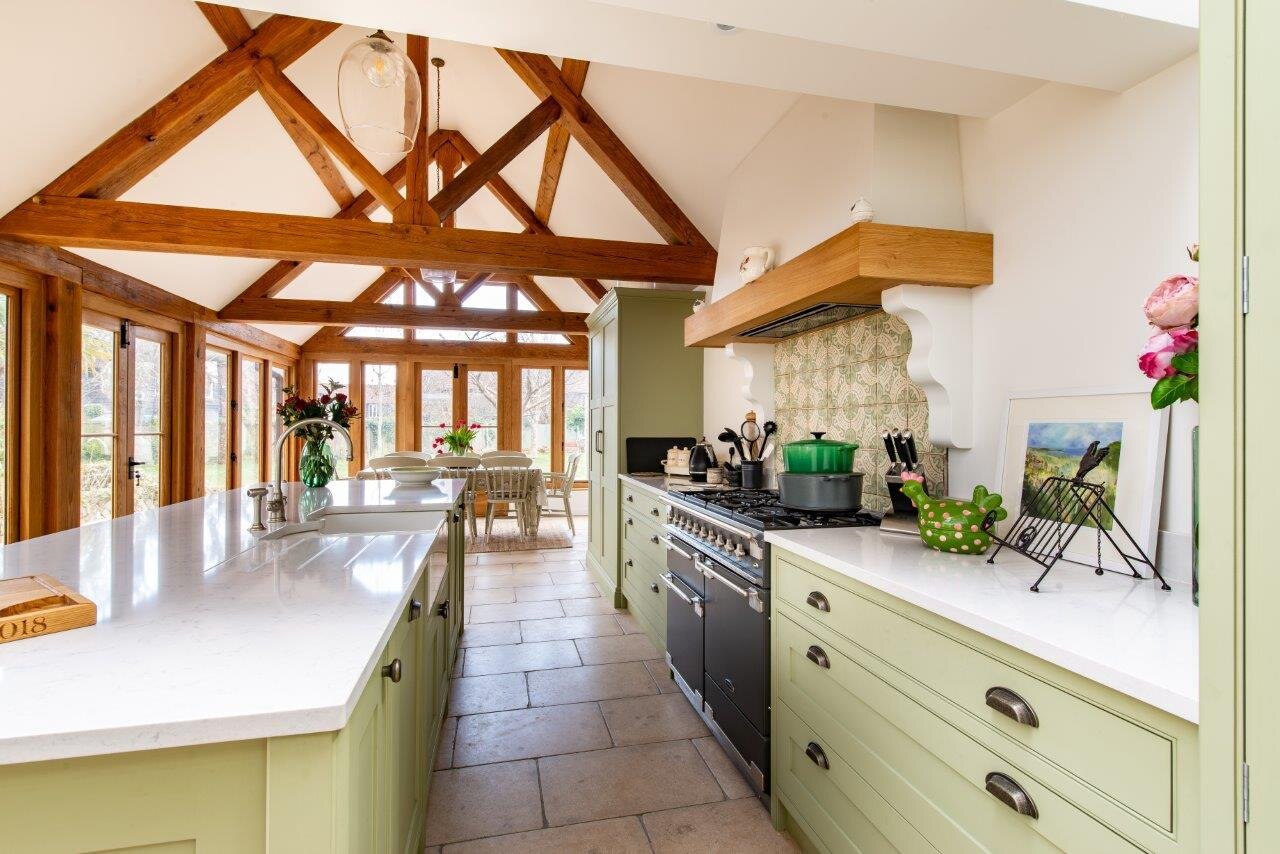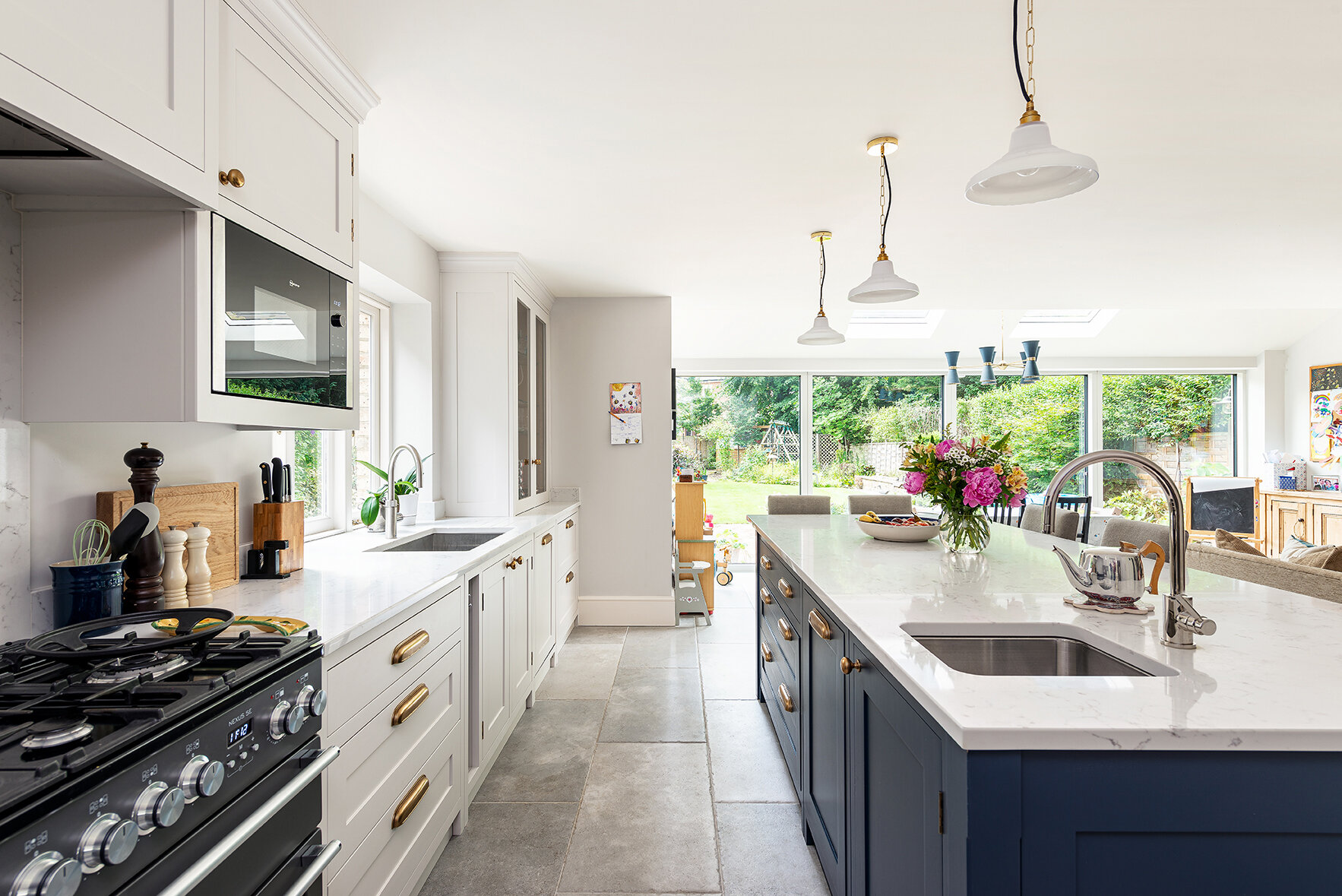A Guide to Mood Boarding & Colour Combinations
We know renovating or redecorating a space can seem like a daunting task to take on. With endless options of paint colours, decorative tiles and handles in all shapes and finishes; it’s a lot to take in. This is why mood-boarding can be a great way to narrow down your options and help you visualise your space easier. A little visual aid never hurt anyone after all!
Mood Boarding Basics
There a few different ways of creating a mood board. Traditionally, a mood board consists of a physical board like a push pin board of foam, where images and textiles can be attached. However nowadays it’s more common to use apps like Pinterest, or photo editing software to create collages full of your inspiration images. More and more clients are using Instagram to help organise their thoughts. You may want to keep things even simpler, by ordering samples of things like paint, handles, tiles and textiles and laying them out in different arrangements. This way you can have a very clear understanding of what works with your scheme.
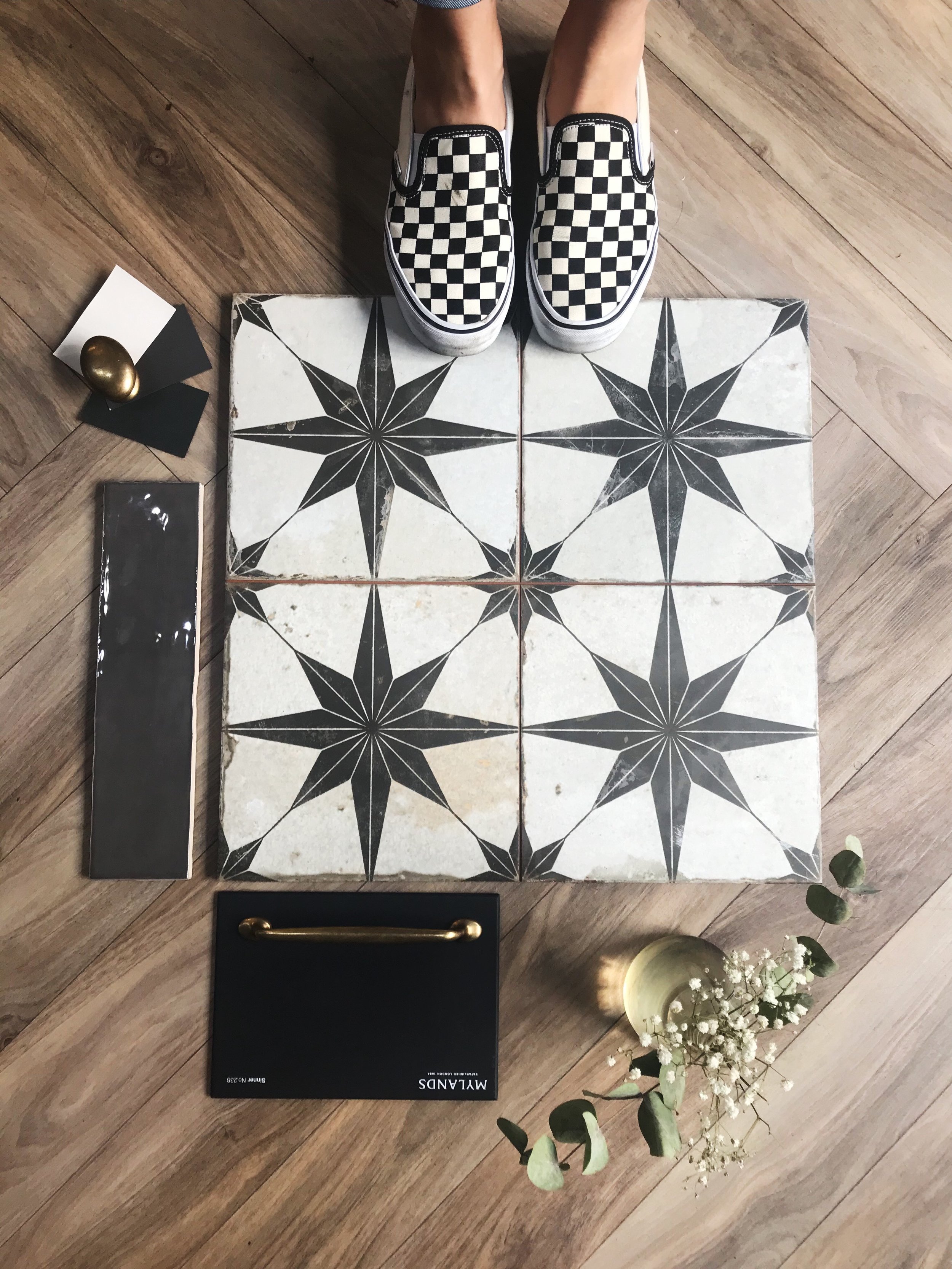


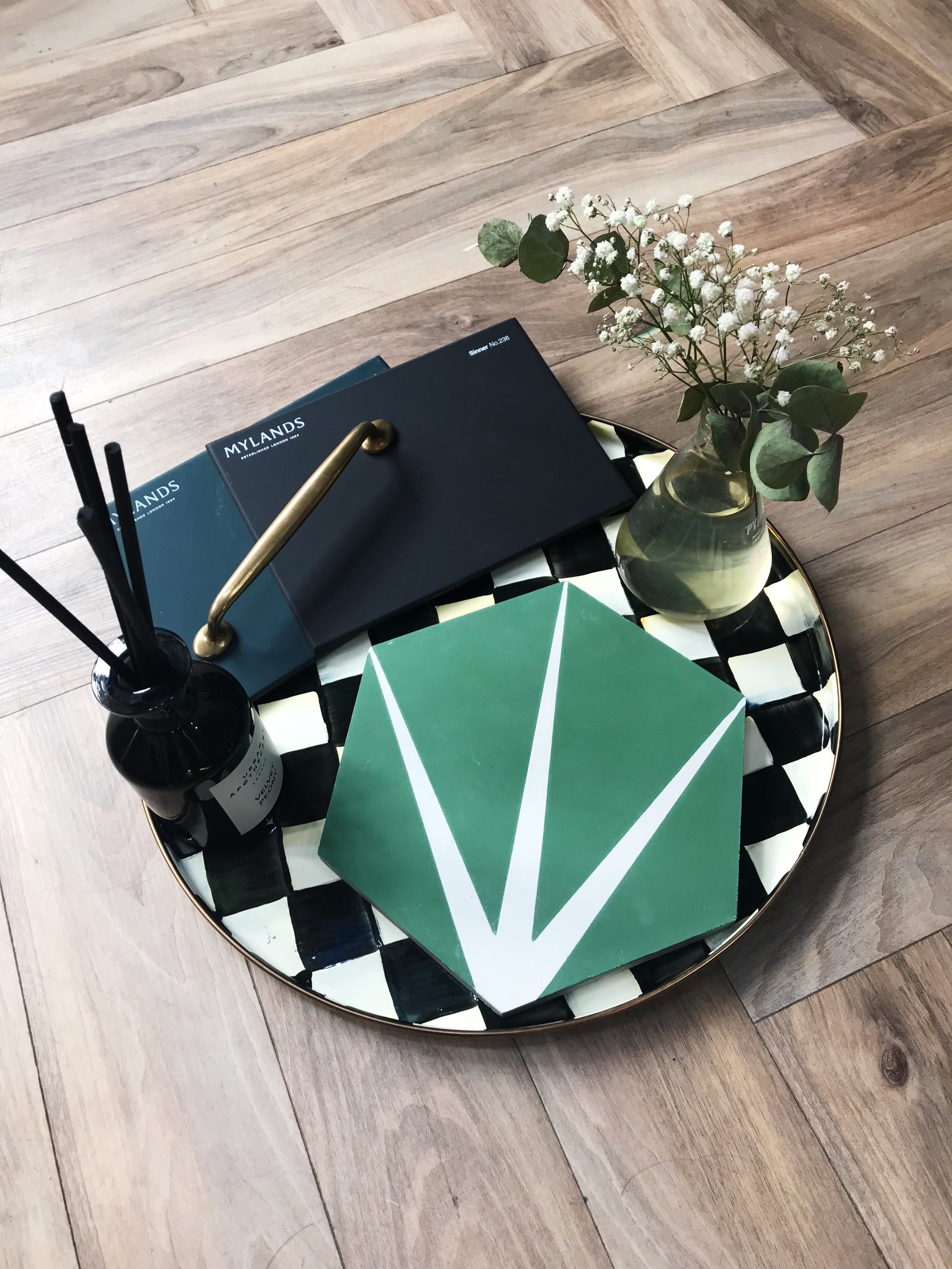
Pinterest to The Rescue
If Pinterest is already something you’re familiar with, there’s no better place to start your mood boarding journey. Start by collecting images of completed spaces you find attractive or that speak to you and evoke the feeling you want your own space to feel like. Then go on to Pinning images of more specific things like taps, patterned tiles, fabrics and paint swatches. Pinterest in particular is a great app to use, as not only can you save inspirational images to your Board, but you can also add images directly from company websites. For example if you have your heart set on that Perrin & Rowe tap, you can Pin that exact tap.
Start by collecting images that speak to you or evoke the feeling you’re after in a space. You can find these anywhere from magazines, company websites, Pinterest or even taking photos yourself when visiting shops or different spaces. Restaurants, galleries and other commercial interiors often serve as great inspiration. Once you have a general idea of what you want in your space, try arranging images around one larger image of a completed space with a similar vibe or similar elements to what you’re after. This can be used as a visual aid througout the project and help you to understand what does and doesn’t work for you and your space.
“What defines whether a colour is stimulating or soothing is not the colour, it’s the intensity. A strong, bright colour will stimulate, and a colour with low saturation will soothe”
Choosing your Colour Combinations
Colour combinations are often a part of design that people have the most trouble with. How to choose different colours and make sure they live harmoniously and above all, are pleasing to the eye. Artists and designers often use the Colour Wheel method. By looking at the wheel, working out which colours, hues and tones work best with each other.
You may well have chosen a colour you absolutely love and have settled it! The best thing to always remember is that in design, it’s all about balance and juxtaposition.
Some examples:
If you’re using a bold and vibrant colour, on your main or island cabinetry, introduce a softer, lighter version of that colour respectively.
If you’re going neutral and inoffensive all the way, why not add a bold and intricate patterned tile to avoid looking clinical.
As with anything, there are exceptions to the “rules” if you may. If it looks and feels right to you go with your instinct. If you’re still unsure, you can always call us and ask for our advice. We love helping you out and making sure you’re as happy as possible with the end product!
